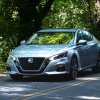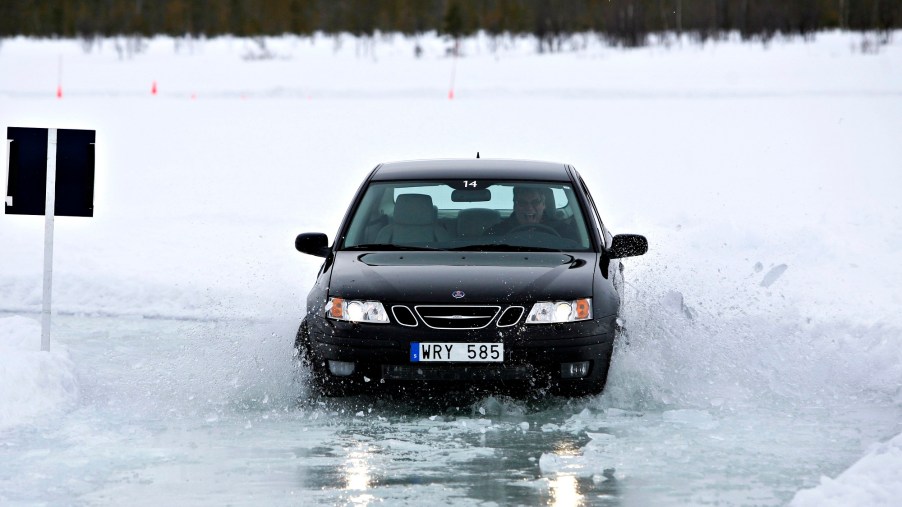
Is FWD Good in the Snow?
You’ve probably seen rear-wheel drive (RWD) cars like the Ford Mustang or Chrysler 300 spin out on a snow-dusted highway. Loss of traction is no joke, and RWD can instigate a spin in challenging conditions. Still, before you search for cars with all-wheel drive (AWD) exclusively, what about front-wheel drive (FWD) options for your winter driver? Is FWD any good in the snow or tricky road conditions?
What is FWD?
Front-wheel drive, or FWD, does exactly as described. Instead of a driveshaft sending power to the rear wheels from an engine up front, FWD cars power their front wheels to “pull” the car rather than push with rear-wheel propulsion. Furthermore, most economical cars on the road today utilize FWD to move. Better yet, front-wheel drive cars don’t use components to propel the rear wheels, which U.S. News suggests allows for more space for passengers and cargo in modern FWD vehicles.
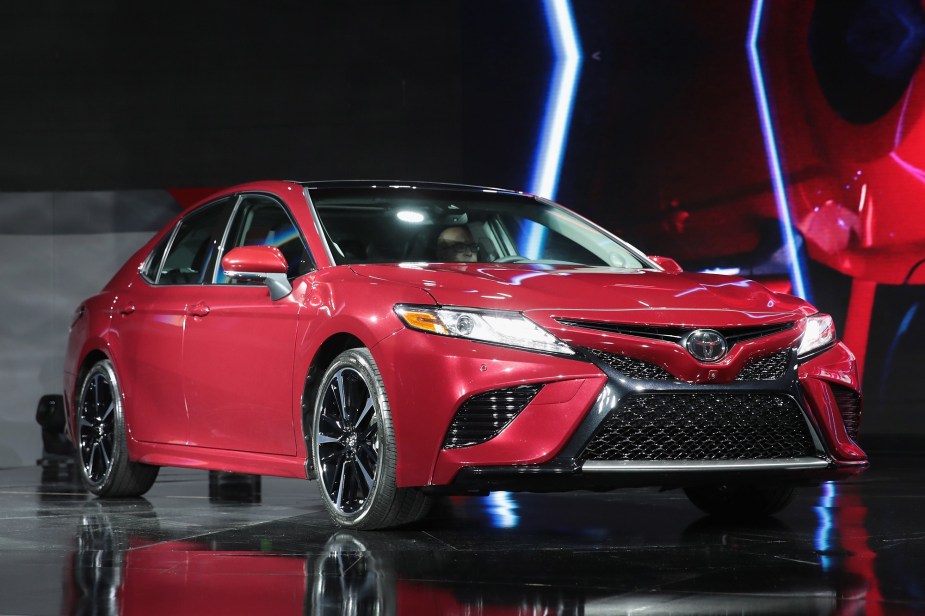
Are FWD vehicles good in snow?
Front-wheel drive applications tend to carry their heft over the front wheels, where the engine resides. As a result, FWD vehicles tend to “claw” their way through inclement weather like snow and rain more than RWD. Furthermore, the car’s co-location of weight and propulsion provides better traction in challenging road conditions. However, RWD tends to behave better in a fair-weather performance application than FWD.
What is better in the snow, AWD or FWD?
There are numerous beneficial qualities to AWD. First, today’s AWD applications are typically intelligent enough to detect when and where wheels need the power to maintain traction. As a result, all-wheel drive vehicles perform much better than RWD and FWD in low-friction conditions like rain, snow, and ice. Furthermore, many modern AWD cars like the Volkswagen Golf R use their platforms to launch much harder than FWD applications.
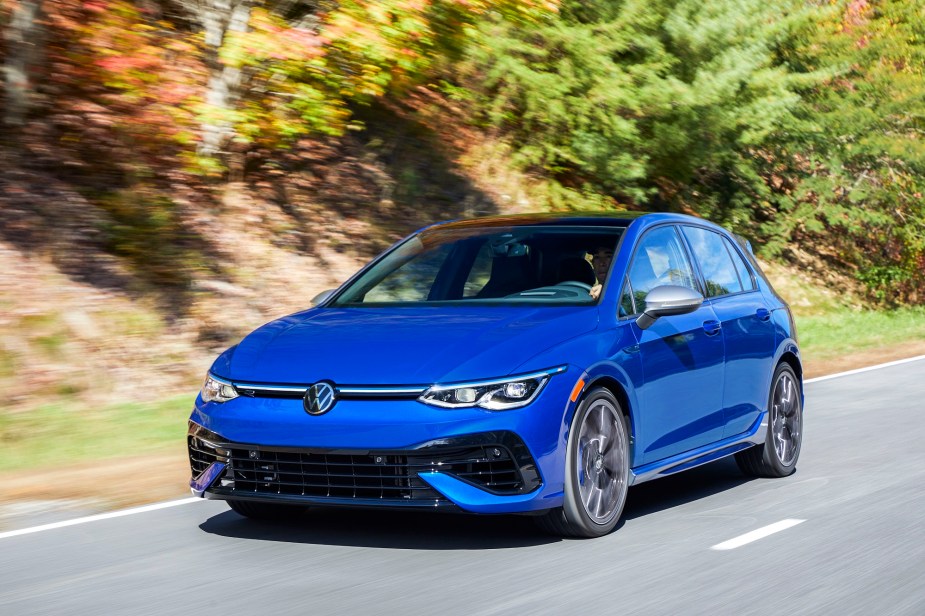
Of course, many vehicles with AWD offer it as an optional upgrade from a FWD base. For instance, the Toyota Avalon offers AWD, but TrueCar says it was an option on the XLE and Limited trims.
What’s wrong with FWD?
Front-wheel drive does have a few issues compared to AWD and FWD. First, the FWD vehicles steer and put the power down with the front wheels. As a result, FWD cars are often subject to torque steer and understeer. Furthermore, FWD applications are good in the snow but tend not to handle as well as RWD in high-speed performance applications.
Should you buy a front-wheel drive car or an all-wheel drive vehicle?
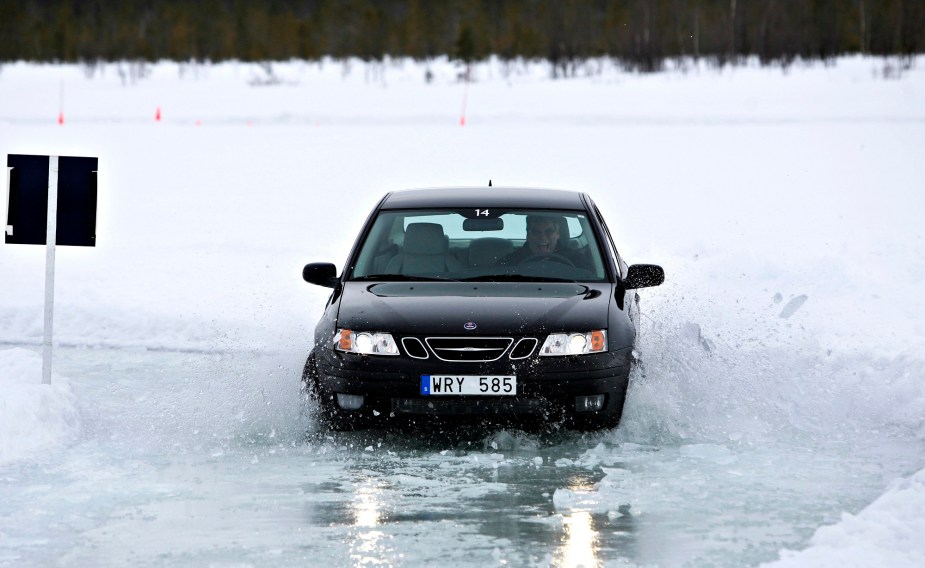
If you live in an environment with mass quantities of snow and ice, all-wheel drive cars, crossovers, or SUVs might be better suited for your daily driving needs. Also, many trucks or SUVs with four-wheel drive are even better prepared for extreme weather. Either way, you should ensure that your harsh winter-bound vehicle has appropriate tires, like dedicated winter tires. However, if you live in a more hospitable climate with less snow and ice, FWD is sufficient.
What are some examples of good front-wheel drive cars?
Many of the most ubiquitous vehicles on the market are front-wheel drive. For instance, the Honda Civic, Toyota Corolla, and Mazda3 are all good front-wheel drive cars. Scroll down to the following article to read about sensible vehicles.
